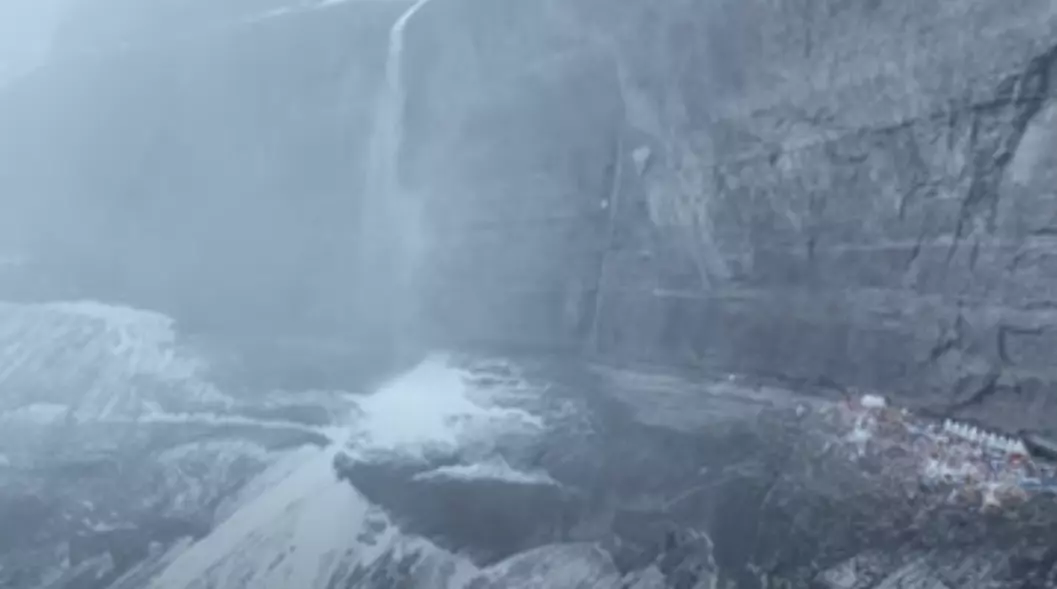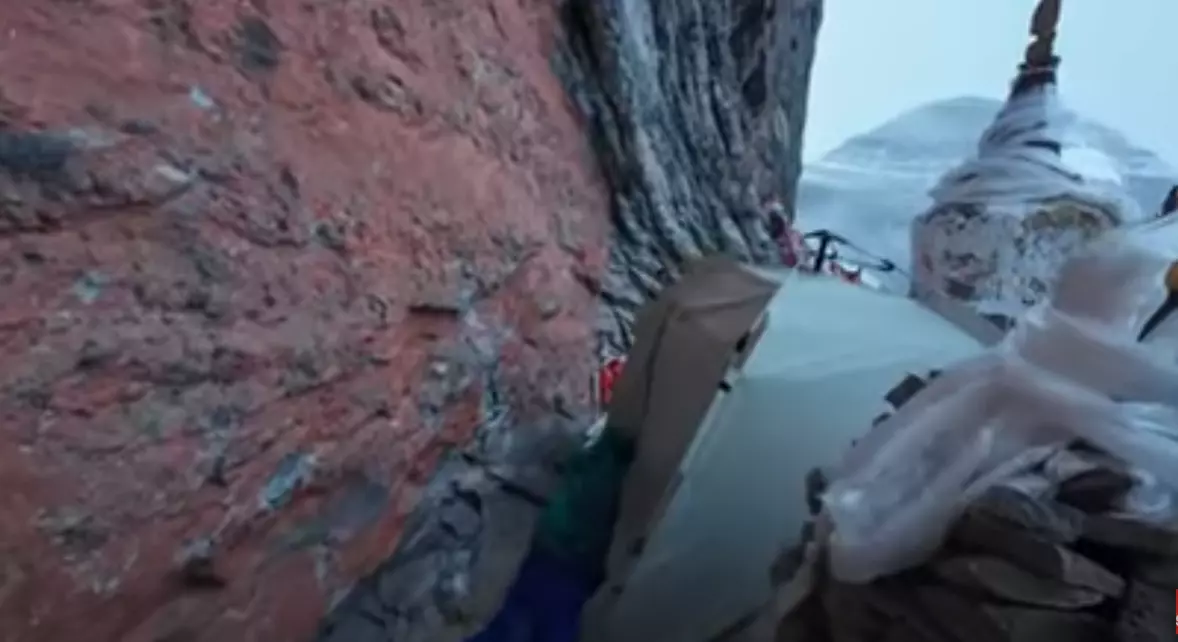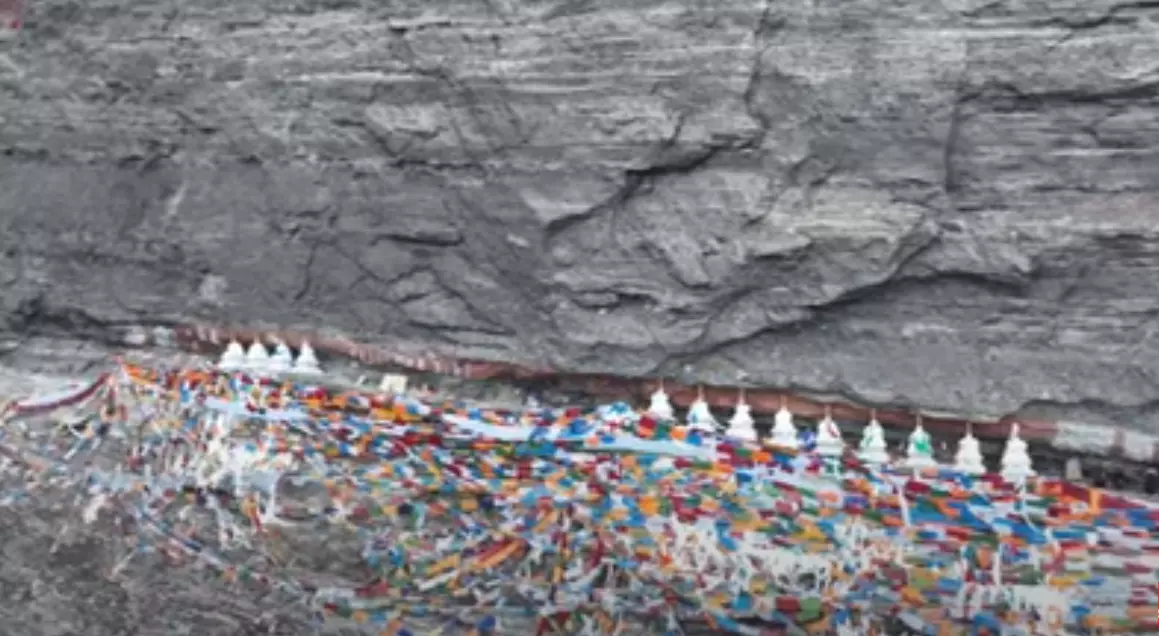


Premiered on 4 Nov 2024
#MountKailash, located in the remote western region of #Tibet, is one of the world's most revered and mysterious mountains.
Standing at an elevation of 6,638 meters (21,778 feet), this striking peak is uniquely shaped with four steep faces that resemble a pyramid, making it visually distinct from other mountains in the #Himalayas. What makes Mount #Kailash so special, however, isn’t just its dramatic appearance but its profound spiritual and cultural significance across multiple religions.
#Sacred Significance
Mount Kailash is considered a sacred site in Hinduism, Buddhism, Jainism, and the ancient Bon religion. In Hinduism, it is revered as the abode of Lord Shiva, where he resides with his consort, Parvati, in a state of perpetual meditation. Devotees believe that Mount Kailash is the center of the universe and a direct connection between heaven and earth.
In Buddhism, Mount Kailash is seen as the home of Demchok (or Chakrasamvara), a deity representing #supreme #bliss.
Pilgrims believe that completing a kora, or a circumambulation, of the mountain brings good karma and purifies the soul. Tibetan Buddhists undertake this kora in a clockwise direction, while Bon followers circle it counterclockwise.
For #Jains, Mount Kailash is known as Ashtapada, the place where their first Tirthankara, Rishabhadeva, achieved spiritual #liberation. In the #Bon religion, Mount Kailash is regarded as the seat of the #Sky #Goddess #Sipaimen and a place of immense power.
Pilgrimage and Kora
Every year, pilgrims from around the world travel to Mount Kailash for the challenging kora, a 52-kilometer (32-mile) circumambulation around the mountain. This journey, often done at an altitude of over 4,500 meters (14,764 feet), is believed to be a transformative spiritual experience. Completing just one kora is thought to cleanse negative karma, while completing 108 koras is believed to lead to enlightenment.
Geographical and Environmental Importance
Mount Kailash is the source of some of #Asia's most important #rivers, including the #Indus, #Sutlej, #Brahmaputra, and #Karnali (a major tributary of the #Ganges). These rivers are vital water sources for millions of people across South Asia. The region around Kailash is also rich in unique flora and fauna adapted to the harsh Tibetan Plateau environment.
Forbidden Peak
Climbing Mount Kailash is strictly forbidden out of respect for its spiritual sanctity. Over the years, climbers and explorers have requested permission to ascend, but the mountain remains off-limits. This restriction has preserved its natural state and mystique, as no human has set foot on its summit.
A Place of Mystery
Mount Kailash is shrouded in mystery and local legends, including tales of rapid aging for those who attempt to climb it, and reports of an unusual energy field around it. The mountain has a pyramidal shape, which some believe may be an ancient man-made structure or a center of #cosmic #energy.
Conclusion
Mount Kailash stands as a powerful symbol of #peace, reverence, and spiritual aspiration. Its allure lies not only in its beauty but in its status as an untouched spiritual beacon, attracting pilgrims, #mystics, and adventurers from around the world. For those who witness its grandeur, Mount Kailash is more than a mountain—it’s a deeply sacred place that inspires humility, awe, and spiritual reflection.
#Meditation
https://www.youtube.com/watch?v=VcQmsUHM_Xs&t=71s

 An Agricultural Farm Near Forest
An Agricultural Farm Near Forest  Ecologist Anand Shankar, Ph.D Scholar with School of Environmental Sciences in Jawaharlal Nehru University taking samples from the Research Forest
Ecologist Anand Shankar, Ph.D Scholar with School of Environmental Sciences in Jawaharlal Nehru University taking samples from the Research Forest 





